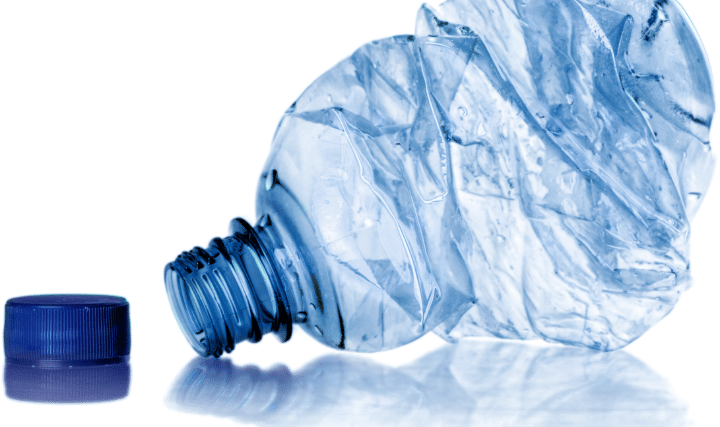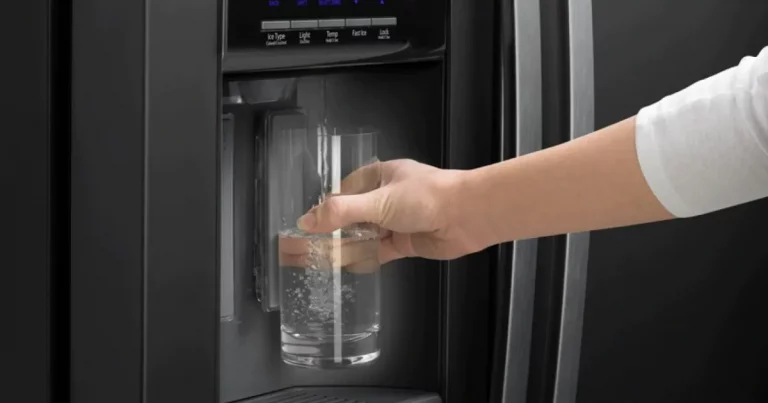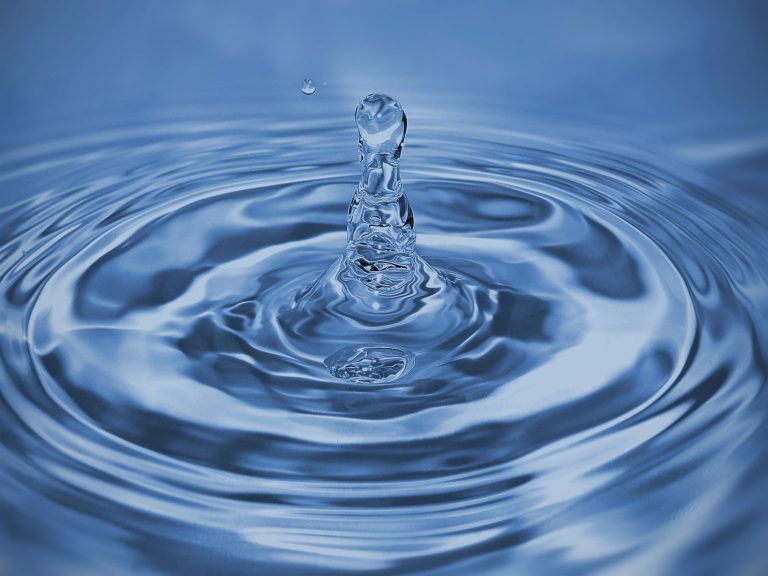How To Remove Iron From Drinking Water
As We all know Iron is a vital mineral nutrient that plays an important role in the maintenance of our energy metabolism. With its different forms, Iron is formed naturally in the water.
Also, among all the elements on Earth Iron comes in 4th position to be the most abundant element.
The reds, oranges, and yellows that are present in many soils and rocks all over the world are usually iron oxides.
But the permissible limit of iron drinking water Is 0.3 mg/L and iron content beyond it has harmful effects on our body.

There is already a natural presence of iron inside the water and in the presence of oxygen, iron is a reactive element. Also, a lot of domestic and industrial wastes inside the water elevates the level of iron.
This unnecessary increase in the water causes many health problems. For example, red-color water, bad odor, strange/bad taste of water, stains on your laundry are some of the problems caused by the high-level iron content in water.
But modern science has made available 11 types of different conventional techniques and strategies that can be used to remove iron from the water.
Read: How To Remove Iron From Bore Well Water
4 Main Methods Of Removing Iron From Water
The main methods can be classified into 4 different categories.
Two normal strategies are Conventional strategies, biological strategies whereas two technology-based strategies are membrane technology-based strategies and nanotechnology-based strategies.
All 11 remediation techniques have different removal efficiencies.
Although excess amounts of iron are not good for health, in most of the concentrations in the drinking water, iron is not considered a health problem.
In fact, small amounts of these concentrations are beneficial to our health. They are considered a great help in terms of oxygen transportation through the blood.
Then how to remove this excess iron from the water and only consume the balanced drinking water? Well, before knowing these iron removal techniques, let’s first understand a little bit about the iron formation and its disadvantages.
How Iron Forms in Drinking Water
Whenever you come across water contamination inside your household, the very step that should be taken is verifying the cause of contamination. It is also important to know whether the source of iron is from natural processes or water pipe corrosion. For that, you can also try laboratory analysis of the water.
Now, iron, available in water-based on its mineral form, solubility, and chemical nature. If you don’t know what form of iron is causing the contamination in your drinking water, treatment may be ineffective.
There are mainly four forms in which iron can be present in the water: Ferrous iron (clear water), Ferric iron(red-water), Iron bacteria, Organic iron.
Identifying which of these iron forms and level of concentrations are present in the water will help to choose the best treatment.
How To Identify Iron in Your Water
Ferrous iron that is clear water is the most regular/common form because of which most of the complaints come from this type. Deep in wells or aquifers, when the oxygen content is low the iron gets dissolved and water remains crystal clear.
When your drinking water comes from the tap it may appear clean but if you allow it to sit for a period of time, it will precipitate, and rust-colored particles will begin forming.
The second one is Ferric iron. Reddish-brown-to-black particles of this iron start to form when the iron begins to oxidize in the exposed atmosphere.
Iron bacteria, which is the third type, are nonpathogenic. It mainly occurs in soil, groundwater, and surface waters.
This form has the colors brown, red, or white and may appear as a slimy substance suspended in water. It may also form on metal parts of water systems or plumbing fixtures.
And the last type is organic iron. This type of iron can be found in shallow wells and surface water.
It can combine with various naturally occurring organic materials and exist as an organic complex. This iron usually comes in yellow or brown color.
Read: How To Remove Fluoride From Water Cheaply
Disadvantages of Iron in Drinking Water
As we have seen previously, iron is harmless and small concentrations that are usually found in drinking water are important for human health.
Although the fact that excess iron can be risky to health cannot be overlooked. That is why it is important to know what disadvantage of discomfort you might face if appropriate iron removal treatments are not taken place.
One of the most common disadvantages of the presence of iron is poor taste and unwanted stains on clothes or water supplies. Other severe effects that iron shows are the Black and inky appearance of tea, coffee, or alcohol when mixed with iron-rich water.
In terms of food, you can observe dark and unappetizing vegetables that are cooked with iron-rich water.
Concentrations of iron as low as 0.3 mg/L will deposit reddish-brown stains on fixtures, utensils, and clothing, all of which can be difficult to remove.
The Environment Protection Agency (EPA) drinking water standards fall under primary and secondary standards, where secondary standards show aesthetic issues like the taste, odor, color, corrosivity, and the foaming and staining properties of water.
Iron comes under this Secondary Maximum Contaminant Level. The SMCL of iron in drinking water is 0.3 mg/L, water with more than these concentrations can exhibit previously mentioned side effects.
How to remove iron from drinking water
Any treatment process needs specific instructions and information. Knowing that you are dealing with chemicals, it is important to get the help of certified professionals.
Because of the destructive nature of iron contamination in the areas like the kitchen, laundry room, and bathroom, it is advisable to use the entire home filtration system.
These filtration systems can be purchased from specialized water filtration stores. There are several types of methods that can be used or installed to filter the entire household.
1. Faucet attachments
This method can cost you about $20 to$ 100. This method can remove small quantities of water from the drinking water. You can use lease expensive options like screw-on faucet-type water filters like Brita.
But one thing to remember is, it can prevent iron from reaching other parts of your house. The filters might clog rapidly if a large number of iron deposits are present in any area.
2. Aeration with filtration
This method will cost about $200 or more as it is an effective method for iron concentrations that do not go beyond 25 mg/L. Aeration mixes oxygen-rich air with untreated water and starts filtering by converting soluble iron to its insoluble form.
This process will need constant backwashing to remove the accumulated iron.
Also, this method is not effective on organic iron or iron bacteria as it might clog filters and screens.
3. A water softener or Ion-exchange
This method will cost around $200 or more. It is a water-softening system that is suitable to remove low concentration dissolve iron of less than 5 mg/L.
In this process, iron particles simply get exchanged with sodium or potassium ions.
But it is not effective on organic iron and is not the practical water treatment option if you are concerned with sodium intake as water softeners add sodium to the water.
4. Chemical oxidation with filtration.
This method can cost you up to $500 and more, as it effectively treats iron concentrations up to 10 mg/L. It involves various chemicals such as chlorine, potassium permanganate, or hydrogen peroxide.
Then to remove the particles from the treated water, filters will be used. In this process, it is important that chemicals are transported, handled, and stored with care. Read more
5. Oxidizing filters
This method is quite expensive and costs you $500 or more. But it will give the best result as it is effective in treating dissolved iron at concentrations up to 15 mg/L.
This method is ideal for lower flow-rate systems. Such high levels of iron can be treated with an ion exchange sand material which can remove 99 percent of the iron. Read more
FAQ
Is it bad to have iron in your water?
Iron is not a harmful element. In fact, it is a natural and important mineral for human health. However, it can show harmful effects if it gets into your water beyond its level or taken in excess amounts through other forms of food.
Why does iron in water have a metallic taste?
The presence of iron in drinking water is natural and nutritious. However, sometimes, it can give an unpleasant smell or taste like metal. This metallic taste might occur because of iron bacteria that dissolve iron and other minerals.
Conclusion
Iron is usually a harmless element and essential for our health. It is even considered a secondary household water contaminant. And at the concentrations that are normally found in household drinking water, it has not shown any known health-related problems.
As we know, naturally it is present in the water at some amount.
But the problem occurs when it passes through corroded pipes. In the big distribution systems, water needs to travel a large distance with a long water residence time.
Because of low-pressure water, big storages, insufficient disinfection in the system, leaking, fracture, and many other factors affect water quality.
Also, this iron comes in different forms. And that is why it is very much essential to test the water supply before choosing water treatment equipment.
At the same time, choosing the iron removal or water treatment process is not an easy task.
It can be an expensive method, so it is important that you get the help of a certified professional.








